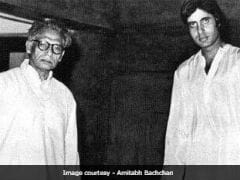All FAQs regarding Nowruz answered here:
What does the word Nowruz means?
Nowruz is a Persian word that consists of the words now and ruz. Now means 'new' and Ruz means 'day', so Nowruz signifies "new day". It coincides with the Spring Equinox.
What is the significance of Nowruz?
Apart from marking the first day of spring, Nowruz promotes peace and solidarity in families. It's a day that promotes friendship among peoples and different communities.
How is Nowruz celebrated?
It's a day that is celebrated by all the people regardless of ethnicity, religion, or language. To welcome Nowruz, homes are thoroughly cleaned and all broken items are repaired or replaced. People wear new clothes, festive foods are prepared and shared with loved ones and friends. The day is spent by visiting friends and relatives, exchanging festive greetings, gifts and good wishes.
What is Haft Seen or Haft Sin in Nowruz celebrations?
A table is decorated in the households with seven items that begin with the Persian letter sin or "S". The decoration is called Haft Seen and consists of the following items:
1. Seeb (apple) that represents health and beauty
2. Seer (garlic) that represents medicine
3. Serkeh (vinegar) that represents age and patience
4. Senjed (Dried fruit) symbolises love
5. Samanu (sweet pudding) that represents fertility
6. Sabzeh (sprouts) that represents rebirth
7. Sumaq or sumac (berries) that represents prosperity and colour of sunrise
Where is Nowruz celebrated in India?
In India, the Parsi community, predominant in Mumbai and Gujarat who follow Zoroastrianism, celebrate Nowruz with full fervor. Parsis visit to the Fire Temple where special prayers are offered. They also prepare festive delicacies and friends and families get together to celebrate the day.





